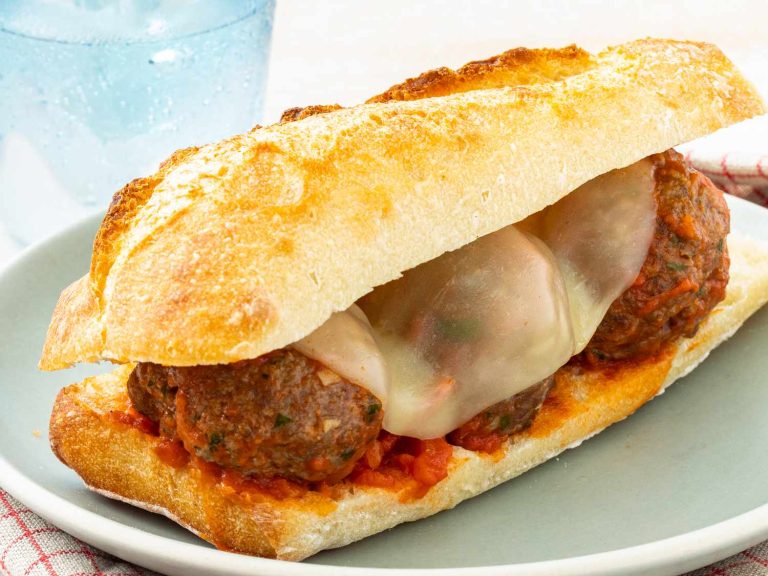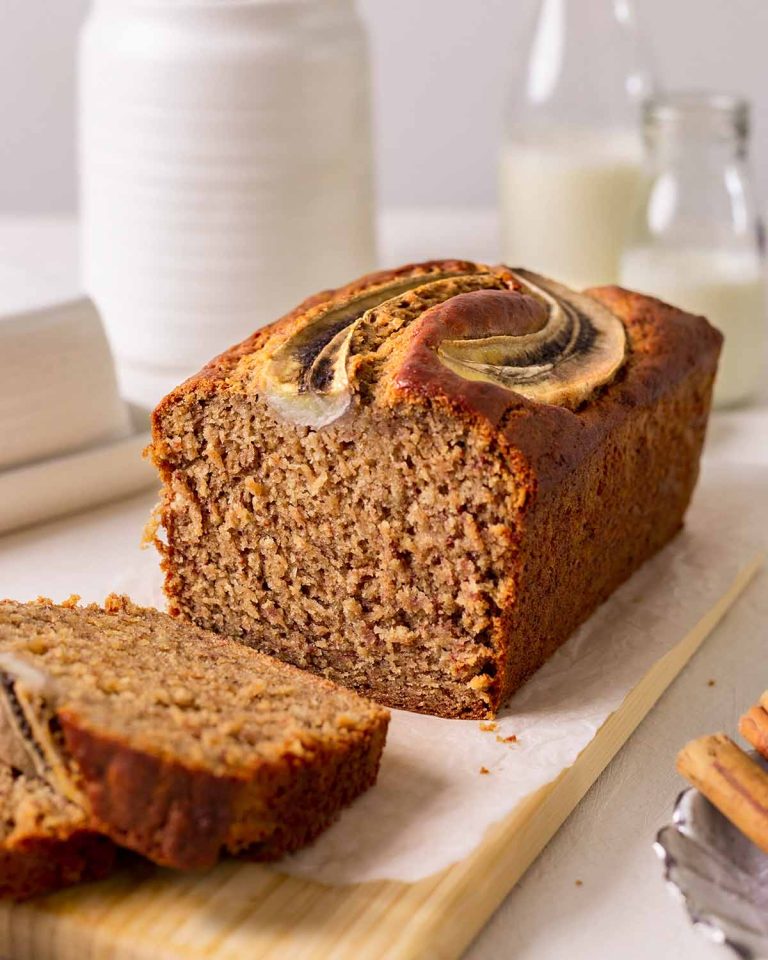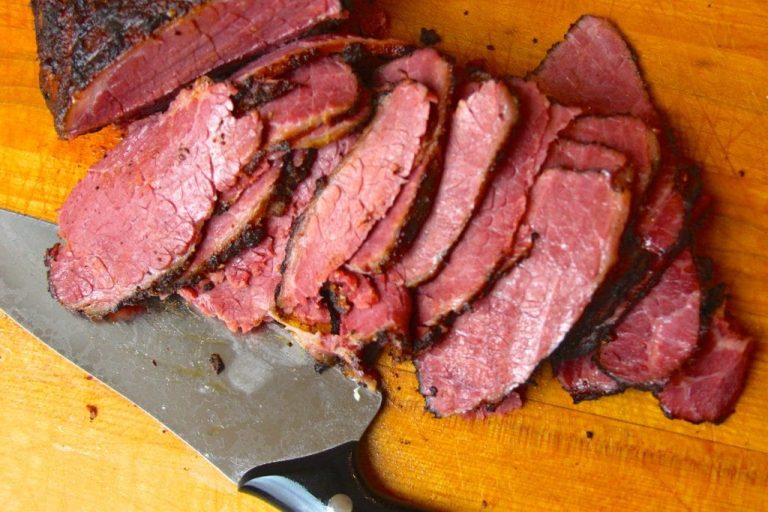Italian Baked Meatballs Recipe: Regional Variations and Healthier Twists
Italian baked meatballs trace their roots back to early Italian cuisine, where meat played a significant role in dietary habits. Ancient Roman texts mention meatballs featuring ground meat, bread, and spices, similar to today’s recipes. Italian immigrants brought these traditions to America in the late 19th and early 20th centuries, adapting them to local ingredients and tastes. As a result, Italian baked meatballs have evolved, blending traditional methods with new culinary influences.
Regional Variations Across Italy
Regions in Italy offer distinct takes on baked meatballs, showcasing the country’s culinary diversity.
- Sicily: Sicilian meatballs often include ingredients like pine nuts, raisins, and pecorino cheese. These additions provide a sweet and savory flavor profile unique to the island.
- Puglia: In Puglia’s version, you might find meatballs made with lamb or a combination of meats. This region emphasizes simplicity, often serving meatballs in a light tomato sauce.
- Naples: Neapolitan meatballs, known as “polpette,” often incorporate stale bread soaked in milk, making them tender. They’re typically cooked in a rich tomato sauce and sometimes paired with pasta.
These variations hint at the regional culinary techniques that shape Italy’s gastronomic landscape, making each meatball dish unique.
Key Ingredients in Italian Baked Meatballs
Meats Commonly Used
Italian baked meatballs typically blend different meats for a rich, savory flavor. Ground beef offers a hearty base while ground pork adds moisture and enhances the taste. In regions like Puglia, lamb might be used for a distinct flavor. Combining these meats ensures a juicy and flavorful meatball. Veal can be another option, providing a tender texture. Blending various meats creates a balanced profile fitting for traditional Italian cuisine.
Herbs and Spices That Enhance Flavor
Herbs and spices play a crucial role in defining the taste of Italian baked meatballs. Parsley adds a fresh, vibrant note, while garlic offers a pungent, aromatic depth. Basil can introduce a hint of sweetness balanced by the warmth of black pepper. Oregano contributes an earthy, slightly bitter flavor, complementing the meat’s richness. Red pepper flakes bring a subtle heat, perfect for those seeking a mild kick. Using a mix of these herbs and spices ensures a complex, robust flavor profile indicative of Italian culinary tradition.
Step-by-Step Recipe for Italian Baked Meatballs
Preparing the Meat Mixture
Combine three types of ground meat in a large mixing bowl: beef, pork, and lamb. Balance the quantities at 60% beef, 20% pork, and 20% lamb. Add two eggs to bind the meat mixture. Add 1/2 cup of breadcrumbs to absorb moisture while keeping the meatballs tender.
Chop fresh parsley, basil, and garlic finely. Add 1/4 cup of chopped parsley, 2 tablespoons of basil, and 3 minced garlic cloves to the bowl. Sprinkle 1 teaspoon of dried oregano and 1/2 teaspoon of red pepper flakes to enhance the flavor further. Season the mixture with 1 teaspoon of salt and 1/2 teaspoon of black pepper.
Mix the ingredients carefully using your hands to ensure even distribution without overworking the meat. Form the mixture into 1.5-inch meatballs using a small ice cream scoop or your hands. Place them on a baking sheet lined with parchment paper.
Baking Techniques and Tips
Preheat your oven to 400°F (200°C) for an optimal cooking environment. Arrange the meatballs in a single layer without overcrowding them on the baking sheet. Drizzle them lightly with olive oil to promote browning.
Bake the meatballs for 20 minutes, turning them once halfway through, to ensure even cooking. Check their internal temperature, ideally reaching 160°F (71°C), using a meat thermometer. For added flavor, finish them under the broiler for the last 2-3 minutes for a crispy, browned exterior.
Allow the meatballs to rest for 5 minutes before serving. Serve them with marinara sauce and pasta, or incorporate them into your favorite Italian dishes.
Pairing Suggestions for Italian Baked Meatballs
Best Pasta and Sauce Combinations
Italian baked meatballs pair wonderfully with various pasta and sauces. You can elevate your meal by choosing the right combinations:
- Spaghetti with Marinara Sauce: Classic spaghetti with marinara sauce complements the rich flavors of meatballs. The acidity of tomatoes provides a balanced taste.
- Pappardelle with Creamy Alfredo: Wide pappardelle noodles with creamy Alfredo sauce create a luscious pairing, allowing the meatballs’ texture to shine.
- Penne with Pesto: Penne pasta coated in pesto sauce offers a fresh, herby counterpoint. This combination works especially well with meatballs containing basil and parsley.
- Rigatoni with Arrabbiata: Spicy Arrabbiata sauce and rigatoni pasta add a zesty kick. The sauce’s heat pairs well with the savory meatballs.
Wine Pairings That Complement the Dish
Selecting the right wine enhances the experience of enjoying Italian baked meatballs. Consider these options:
- Chianti Classico: A medium-bodied Chianti Classico offers bright acidity and tannins. This wine cuts through the richness of the meatballs and marinara sauce.
- Barbera d’Alba: Barbera d’Alba provides refreshing acidity and soft tannins. It complements both meat and tomato-based sauces effectively.
- Montepulciano d’Abruzzo: Full-bodied Montepulciano d’Abruzzo delivers dark fruit flavors and balanced tannins. This wine pairs well with beef and pork meatballs.
- Sangiovese: Sangiovese presents cherry and plum notes with moderate tannins. It suits meatballs with a tomato-based sauce, enhancing the dish’s overall flavor profile.
Health Benefits of Italian Baked Meatballs
Nutritional Overview
Italian baked meatballs offer numerous health benefits due to their nutrient-rich composition. They provide a good source of protein, essential for muscle repair and growth. A typical serving (3 meatballs) contains approximately 200-250 calories, 15-20 grams of protein, and 10-15 grams of fat. Including lean meats like beef and pork contributes to a healthier fat profile. Additionally, herbs like parsley and basil add antioxidants, while garlic provides anti-inflammatory properties. These elements create a balanced meal that supports overall health.
| Nutritional Component | Value per Serving (3 meatballs) |
|---|---|
| Calories | 200-250 |
| Protein | 15-20 grams |
| Fat | 10-15 grams |
Choosing Healthier Ingredient Alternatives
Opting for healthier ingredient alternatives can further enhance the health benefits of Italian baked meatballs. Use lean ground turkey or chicken instead of traditional beef and pork to reduce saturated fat. Incorporate oats or quinoa as a binder rather than breadcrumbs to increase fiber content. Choose reduced-fat cheese or a smaller quantity to minimize fat intake. Baking meatballs rather than frying decreases overall calorie count. Use fresh tomato sauce without added sugars for a lower-calorie, nutrient-dense option.
- Use lean ground turkey or chicken to reduce saturated fat.
- Incorporate oats or quinoa to boost fiber content.
- Choose reduced-fat cheese to minimize fat intake.
- Bake instead of fry to cut down on calories.
- Use fresh tomato sauce without added sugars for fewer calories.
Conclusion
Italian baked meatballs offer a delightful blend of tradition and flavor, making them a versatile addition to any meal. Whether you stick to the classic beef-pork-lamb mix or opt for healthier alternatives, these meatballs promise a satisfying and nutritious option. Pair them with your favorite pasta and a glass of wine to elevate the dining experience. Enjoy the rich history and diverse flavors of Italian cuisine right in your own kitchen.






